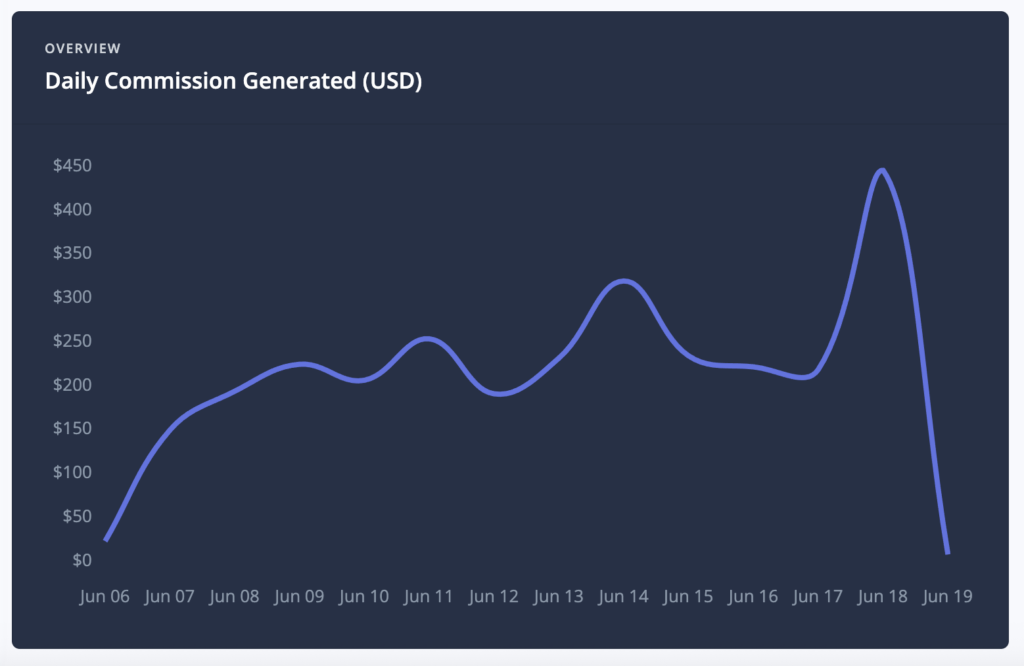Short answer: Yes, you can definitely blog without showing your face. I don’t show my face on most of my blogs (aka niche sites).
Long answer: It depends on your blog. If it’s an influencer or personal blog, you could benefit from showing your face. If it’s more of an informational blog, no, you don’t have to show your face.
Take Fat Stacks as an example. It’s a personal business blog where I blog about how I built up a sizeable niche site portfolio. My income reports give you some of the details. While I don’t show my face on this blog, I think I have in the past. I do on my course sales page and in some of my YouTube videos. The point is folks know about me to a certain extent from this my personal business blog.
My niche sites are a different story. They’re purely informational. My aim is for the content to speak for itself.
Do you have to show your face on your YouTube channel?
Again, no you don’t. The same answer applies to YouTube as blogs. If your YouTube channel is personal or influencer in nature, you should show your face. If it’s purely informational, screen share or slide style videos will do just fine.
If a site is purely informational, should you not show your face?
Again, no. It doesn’t follow that if you do publish a purely informational blog that you shouldn’t show your face. You totally can and in some ways it adds legitimacy to it if your credentials and background bolster the topic and give you street cred. By street cred I’m referring to instilling confidence in readers about your knowledge of the topic. For instance, if I did not have a successful portfolio of niche sites, I wouldn’t publish Fat Stacks. Fat Stacks is what it is because I can back up what I say with other successful sites.
The biggest blogs and niche sites in the world don’t show the owner’s face
In fact, in some cases there is no single owner because the sites are owned by publicly traded companies. Usually writers and editors are profiled. In some cases, the CEO and other executives are profiled as well. But there’s no single face behind the brand or the blog. Yet, these sites are spectacularly successful. Examples include DotDash sites and Conde Nast sites to name two media brands of many.
Can you use a fake profile photo for your blog?
Sure you can. It’s akin to writing under a pseudonym. There are many legit reasons a blogger may go this route. Perhaps they have a day job and don’t wish to mix their blogging with their professional/vocational life. Or maybe they blog about something they prefer to keep anonymous. IMO, blogging under a made-up persona doesn’t compromise the quality or legitimacy of a blog or niche site. The content should speak for itself. It’s similar to a corporate blog publishing content by writers who aren’t profiled on the blog.
Will blogging without showing your face or profile photo limit how much money you can make?
No, not at all. I have some fairly high-earning niche sites that don’t mention or show me, the owner. Like I said above, some of the biggest, most successful blogs and websites in the world do not showcase an individual owner.
What if the blog is more of an advice blog – should you show your face?
Again, not necessary. It may well be that readers aren’t quite as influenced or swayed by your content without a person behind the information but again, the content should speak for itself. You can easily use photos without your face or other means of proof to back up whatever it is that you’re talking about.
For instance, bodybuilding websites can get around showing a shredded blogger body by featuring guest writers who showcase their shredded body. That’s what Men’s Health and similar large bodybuilding websites do. It works. The content can be good and is certainly not compromised because there isn’t some lead blogger behind the scenes plastering the website with shirtless photos.
In other words, you can demonstrate legitimacy without a face
This post isn’t about not demonstrating legitimacy or credentials. Your website should instill confidence that the information published is legitimate. But that does not require a face. First and foremost, the content should speak for itself. If it’s awesome, well researched and sourced, that will do. However, you can bolster that with credentialed writer profiles and/or an editorial board. Most important though is the content.
Sometimes mystery can work in your favor
I remember several years back there was a prominent affiliate marketer who went by the name of Mr. Green (or Mr. X, I can’t remember). Anyway, it was some mysterious name with Mr. in it. He posted in forums. He was interviewed in text format on prominent blogs. People listened to him because he demonstrated with screenshots that he knew what he was doing. He earned a lot of money with affiliate marketing. Not only did his not disclosing his real name or appearance not tarnish his credibility but the mystery created somewhat of an aura about him (that and the fact he was earning six figures per month with affiliate marketing).
Another example before that was “The Rich Jerk” who remained anonymous for quite a long time. His remaining anonymous certainly didn’t hurt his course sales and prominence in the industry.
What should you do if visitors complain that there’s no face behind the website?
First of all, this is unlikely. I’ve been doing this for years and I’ve never received such a complaint. I’ve received other complaints from readers, but not that.
Second, if it does happen, either reply with a polite email explaining why you remain anonymous or ignore it.
Remember, your blog, your rules.

Jon Dykstra is a six figure niche site creator with 10+ years of experience. His willingness to openly share his wins and losses in the email newsletter he publishes has made him a go-to source of guidance and motivation for many. His popular “Niche site profits” course has helped thousands follow his footsteps in creating simple niche sites that earn big.






